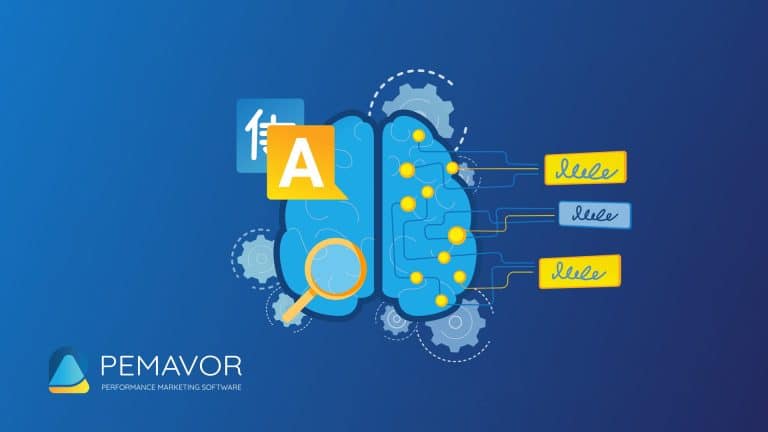In an exciting update for PPC managers, Google has completed the rollout of brand guidelines for all new Performance Max (PMax) campaigns created through the Google Ads UI. This enhancement allows advertisers greater control over how their brands are represented, ensuring consistency across campaigns. With brand guidelines enabled by default, it is imperative for advertisers to stay informed on how these changes affect campaign management, particularly for those utilizing the API.
Understanding the Shift in Asset Management
Previously, brand assets such as logos and business names were tied to Asset Groups. Now, however, brand assets are stored at the campaign level for any PMax campaign with brand guidelines enabled. This adjustment means that any API queries or modifications will require an update in code, focusing on CampaignAsset instead of AssetGroupAsset. It’s crucial to incorporate this change to maintain the functionality of your integrations.
Future Considerations for API Users
Looking ahead, starting with version 21 of the API, brand guidelines will be enabled by default for new PMax campaigns. Users will have the option to disable these guidelines during campaign creation by modifying the Campaign.brand_guidelines_enabled field. For the remaining versions, this setting will stay disabled.
API users should also be aware of the manual options available for enabling brand guidelines:
- Enable during Creation: Since v19, users can enable brand guidelines by setting the Campaign.brand_guidelines_enabled field to true while creating a new PMax campaign.
- Enable for Existing Campaigns: For existing campaigns, use CampaignService.EnablePMaxBrandGuidelines to activate guidelines and auto-populate with top-performing brand assets. Disabling brand guidelines after campaign creation is not permitted.
It’s noteworthy that an automatic migration process to enable brand guidelines for existing campaigns is currently underway, focusing primarily on campaigns that utilize consistent logos and business names across asset groups. This migration is expected to complete by October 30th, but advertisers are encouraged to leverage the migration endpoint for updates in their own time.
What PPC Managers Should Do Next
- Review and update existing API integration code to accommodate the changes in asset locations.
- Prepare for v21 of the API by understanding the implications of default brand guidelines.
- Utilize the manual migration tools available to update any relevant existing campaigns before the automatic process is completed.
Key Takeaways for Your Campaigns
- Brand guidelines are now enabled by default for new PMax campaigns in the Google Ads UI, enhancing brand representation control.
- Adjustments in code are needed for API users to ensure smooth operation with the new campaign structure.
- Be proactive in using migration options to enable brand guidelines efficiently across your campaigns.
Staying informed and adapting to these changes will not only streamline your campaign management efforts but also enhance the overall effectiveness of your advertising strategies.
